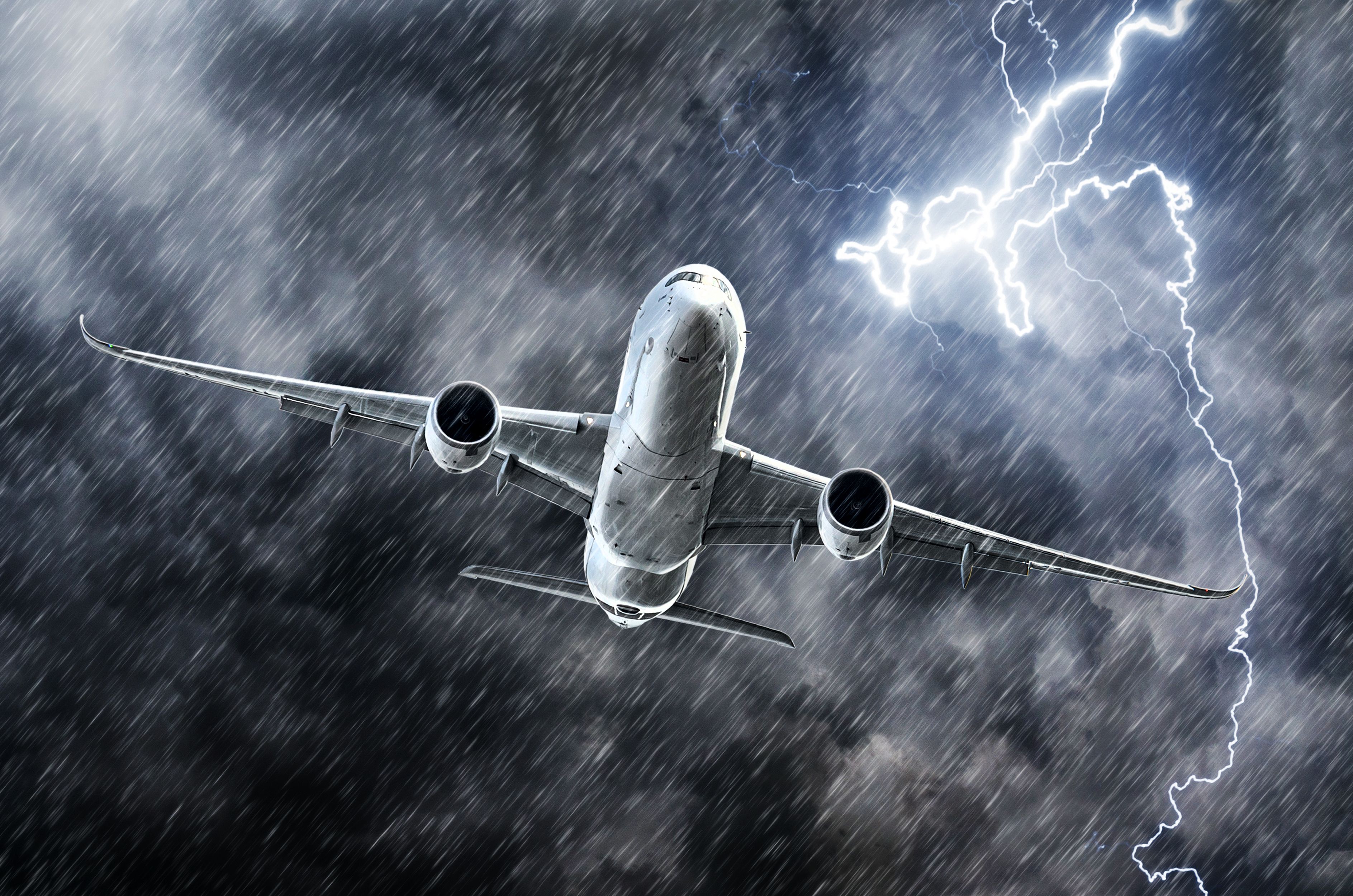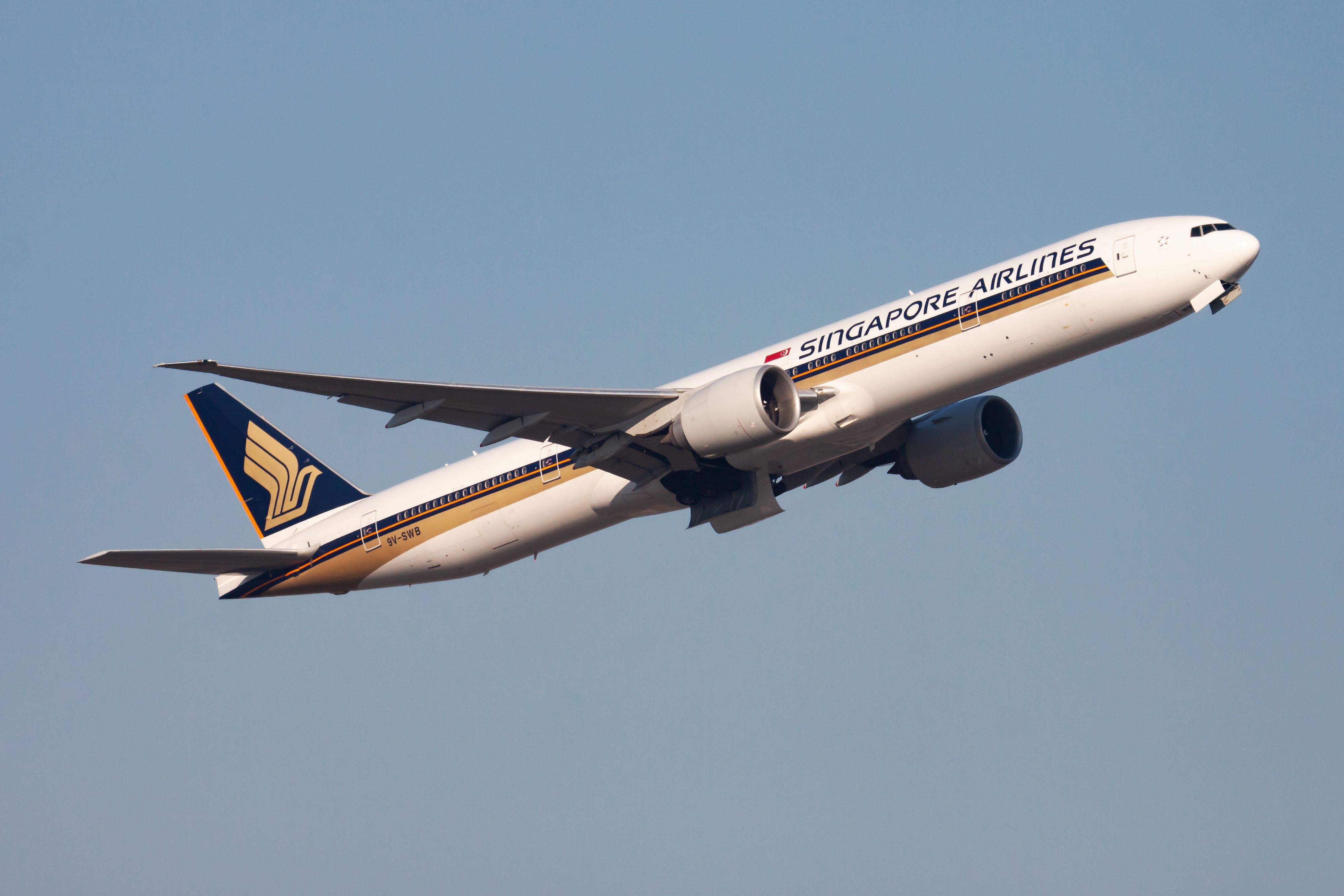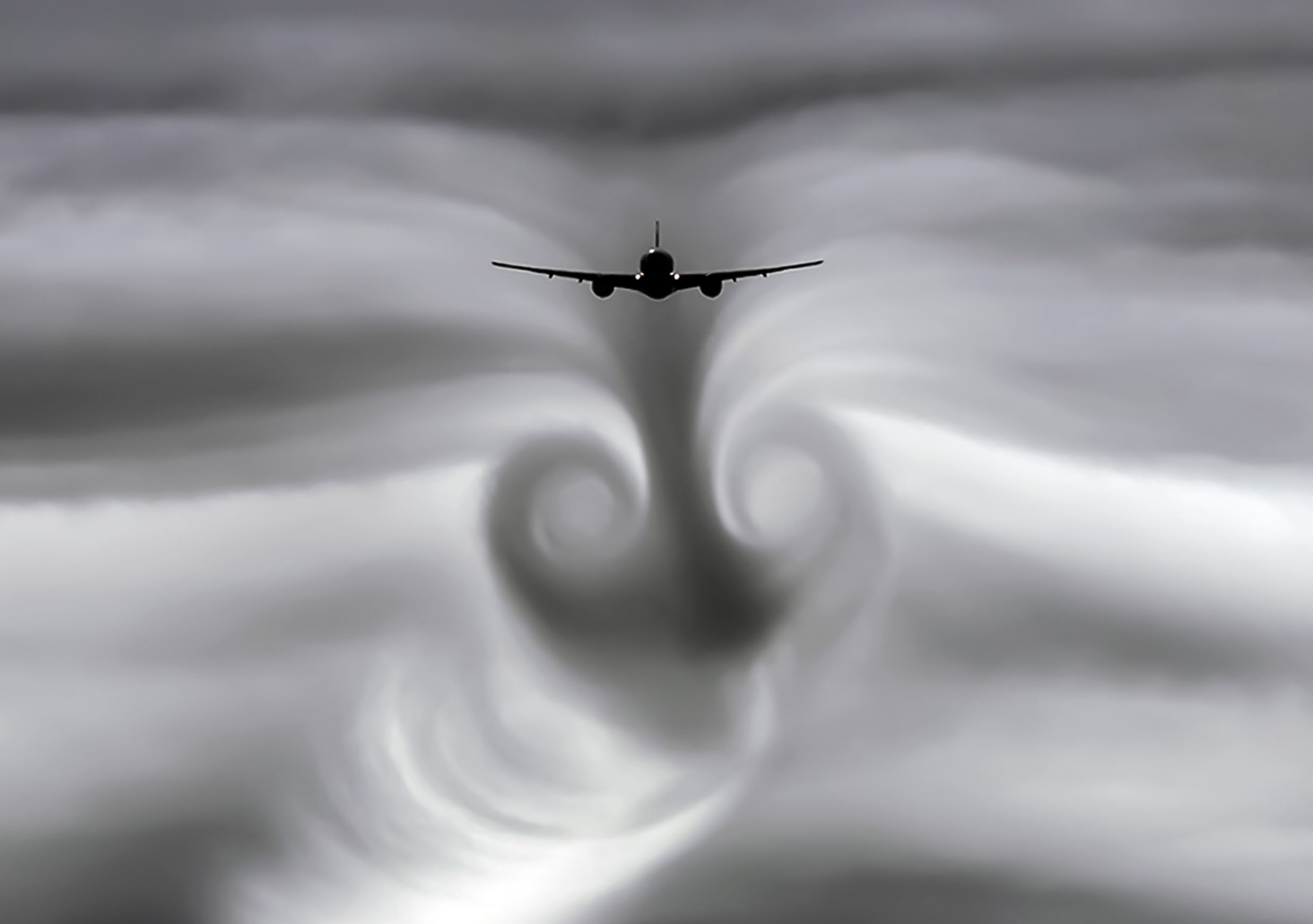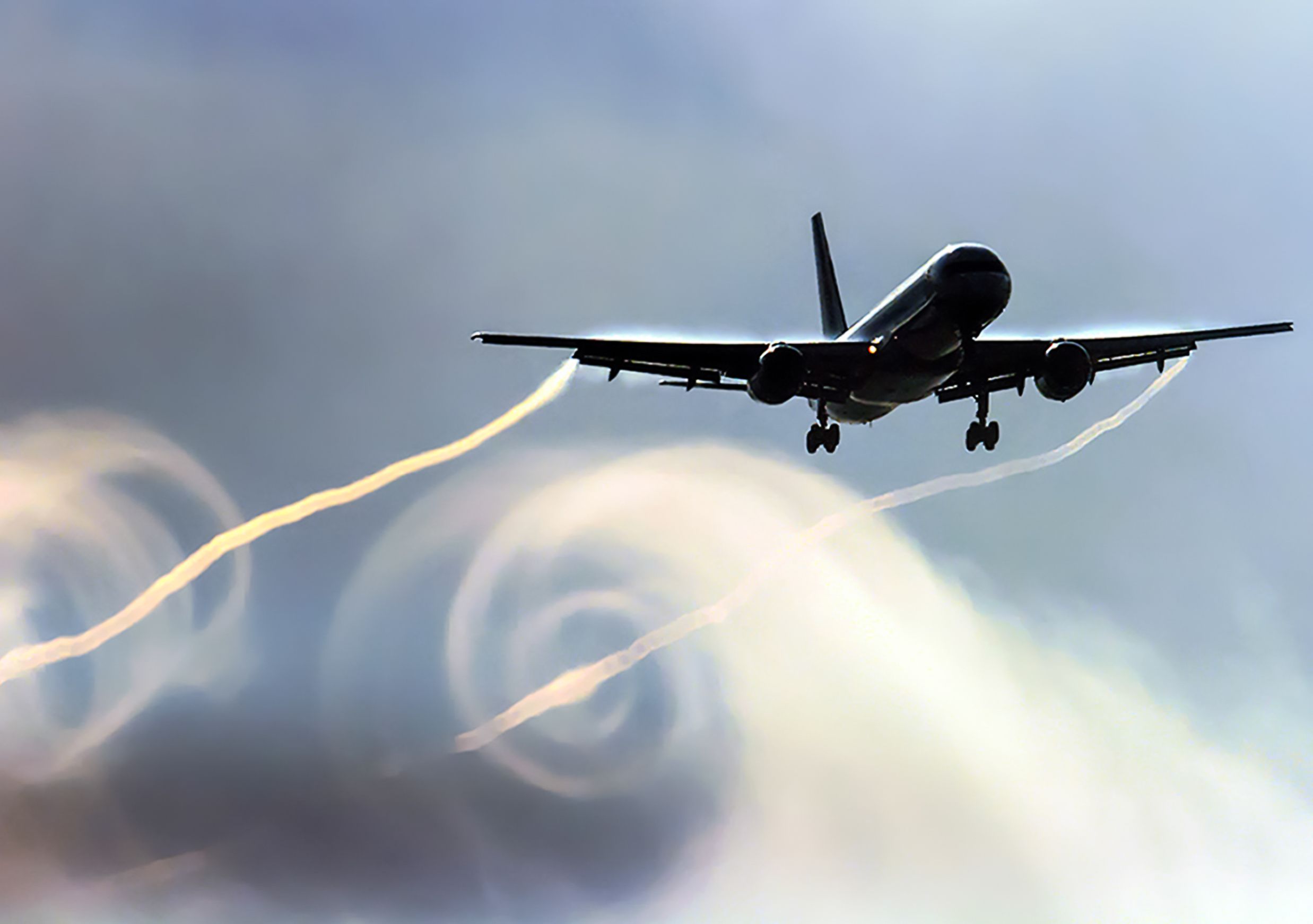Summary
- Clear air turbulence (CAT) is invisible and dangerous, as pilots have little warning when navigating through it.
- CAT is difficult to avoid, but pilots are trained to adjust altitude or heading to safely navigate through turbulent patches.
- Researchers project CAT incidents will rise due to climate change, making it critical for passengers to heed captain recommendations to fasten seatbelts when in areas prone to CAT.
Amid news today that a Singapore Airlines Boeing 777 encountered unexpected severe turbulence that resulted in the death of a passenger and the injury of over a dozen others, many have grown concerned over the cause of the incident. Considering the lack of warning about the incoming turbulence to those in the cabin, industry analysts have pointed out that clear air turbulence (CAT) could have been behind the tragic accident.
CAT is a unique meteorological phenomenon that occurs when turbulent masses of air moving at different speeds collide without visual clues, such as clouds, to indicate such movement. As a result, pilots are often blindsided when commercial airliners, even those as large as a Boeing 777, encounter clear air turbulence.
Photo: Soos Jozsef | Shutterstock
This form of turbulence is often the most dangerous, as passengers and crew may be moving around the cabin when it occurs or sitting without their seatbelts fastened. Even under the most severe circumstances, turbulence rarely injures passengers as long as ample warning is provided and seatbelts are properly used.
Not a new phenomenon
According to The Meteorological Magazine, CAT is nearly impossible to detect with the naked eye or conventional radar, but there are some consistencies regarding where it occurs. At typical heights where CAT is found, scientists have noted since 1965 that the phenomenon is usually observed within about 200 miles of a jet stream.
Photo: hlopex | Shutterstock
As CAT is relatively common, all pilots are taught a few basic rules about handling an encounter. For starters, aircraft are encouraged to sustain the recommended velocity for such encounters and change altitude or heading to avoid a turbulent patch of air. Pilots are also instructed to immediately communicate the position and altitude of a turbulent area and the severity of its nature to the appropriate air traffic control authorities.

Related
New Approach For Detecting Air Turbulence Shows Promise In Aviation Safety
Scientists have proposed a new and simplified method using data to detect turbulence anomalies.
In March 1966, BOAC Flight 911, a scheduled service from Tokyo to Hong Kong, broke up midair due to severe CAT, with all 124 passengers dying as a result. In 1997, a CAT event onboard United Airlines Flight 826 resulted in one passenger losing their life. A few other incidents in recent years have left passengers with injuries, but today’s accident was the first in over 25 years onboard a commercial flight to prove fatal.
A growing issue
The biggest issue with CAT is that it is projected to become increasingly common amid the realities of climate change. According to an article published in Geophysical Research Letters, scientists at the University of Reading concluded that both the number of occurrences of CAT and the severity of the events are likely to increase.
Photo: hlopex | Shutterstock
Forbes analyzed data from the National Transportation Safety Board and concluded that over 163 passengers sustained severe injuries due to turbulence onboard commercial flights between 2009 and 2022. Overwhelmingly, those injured were flight attendants who were likely moving around the cabin when the events occurred. To prevent such events from taking place in the future, passengers can expect captains to recommend seatbelts being fastened more often out of an abundance of caution, especially when flying near jet streams or where other pilots have reported CAT.




